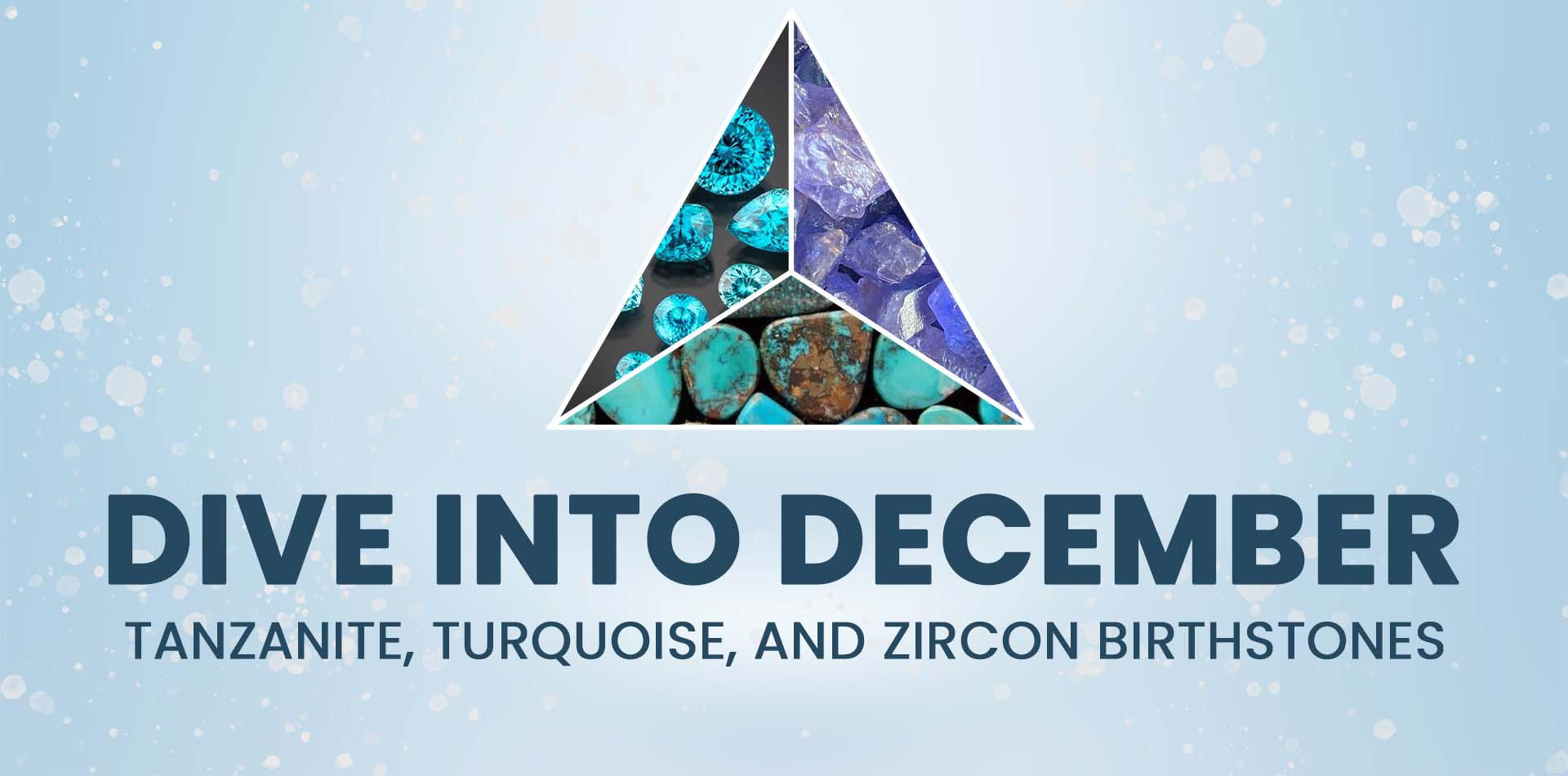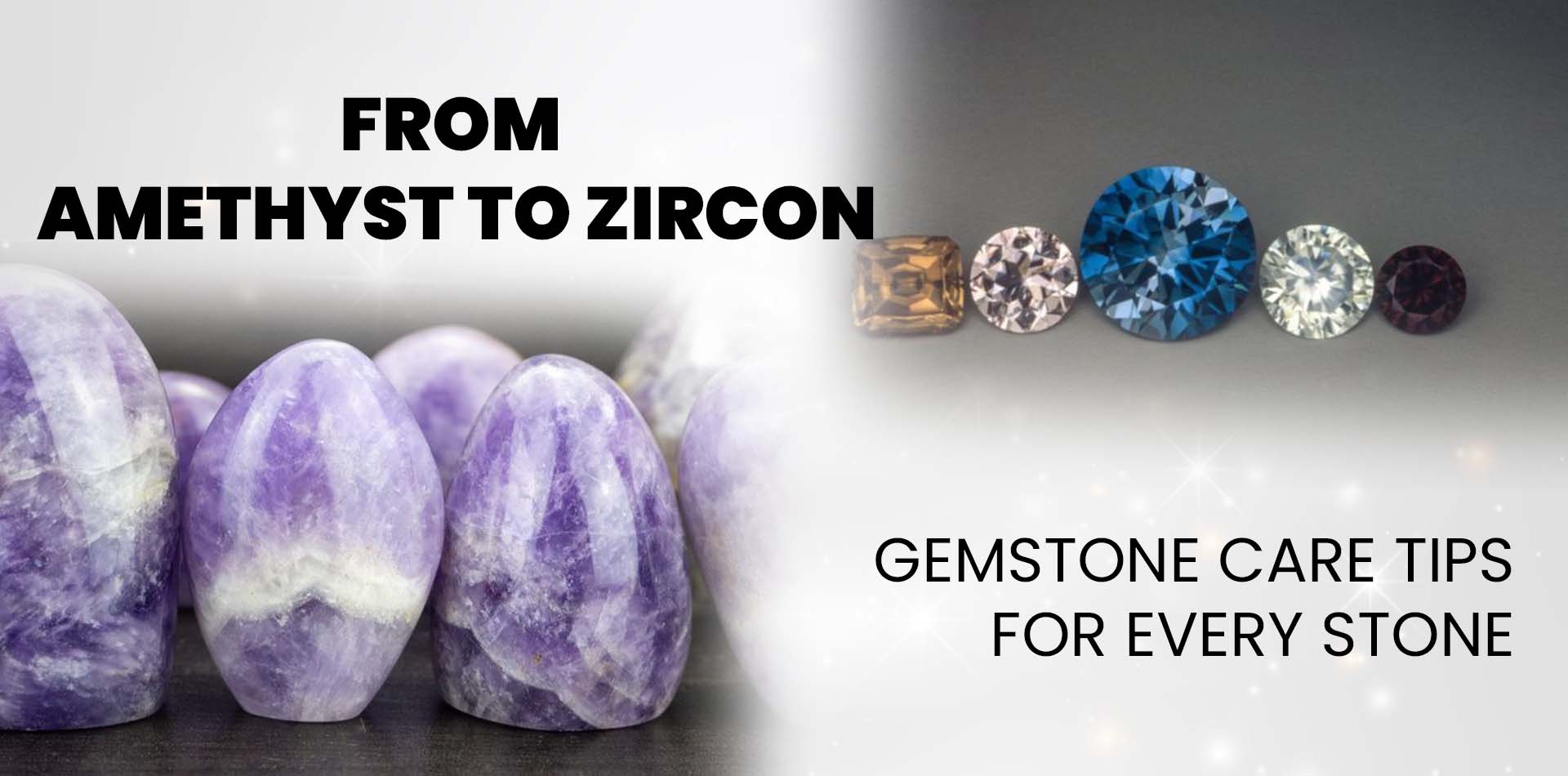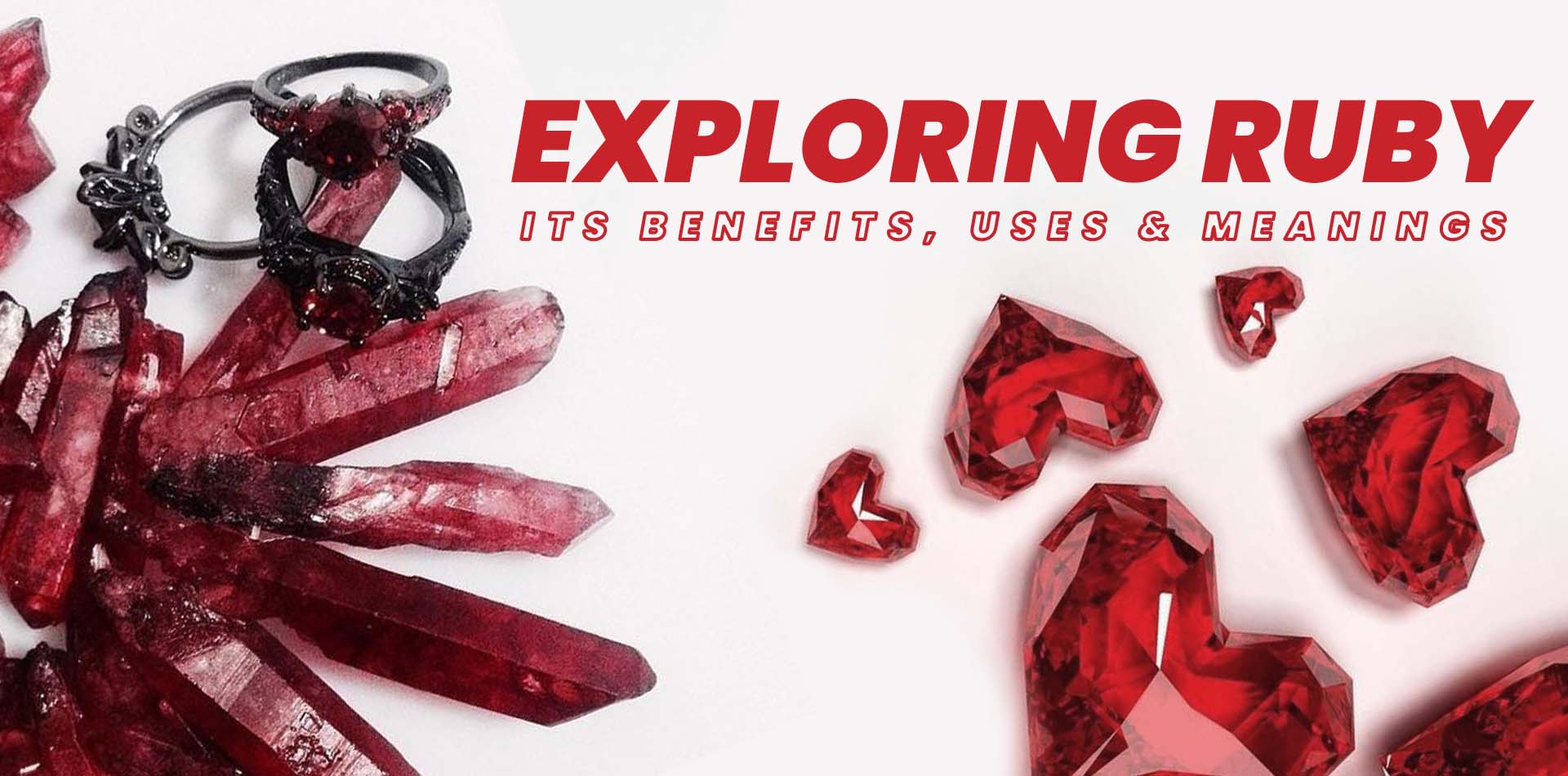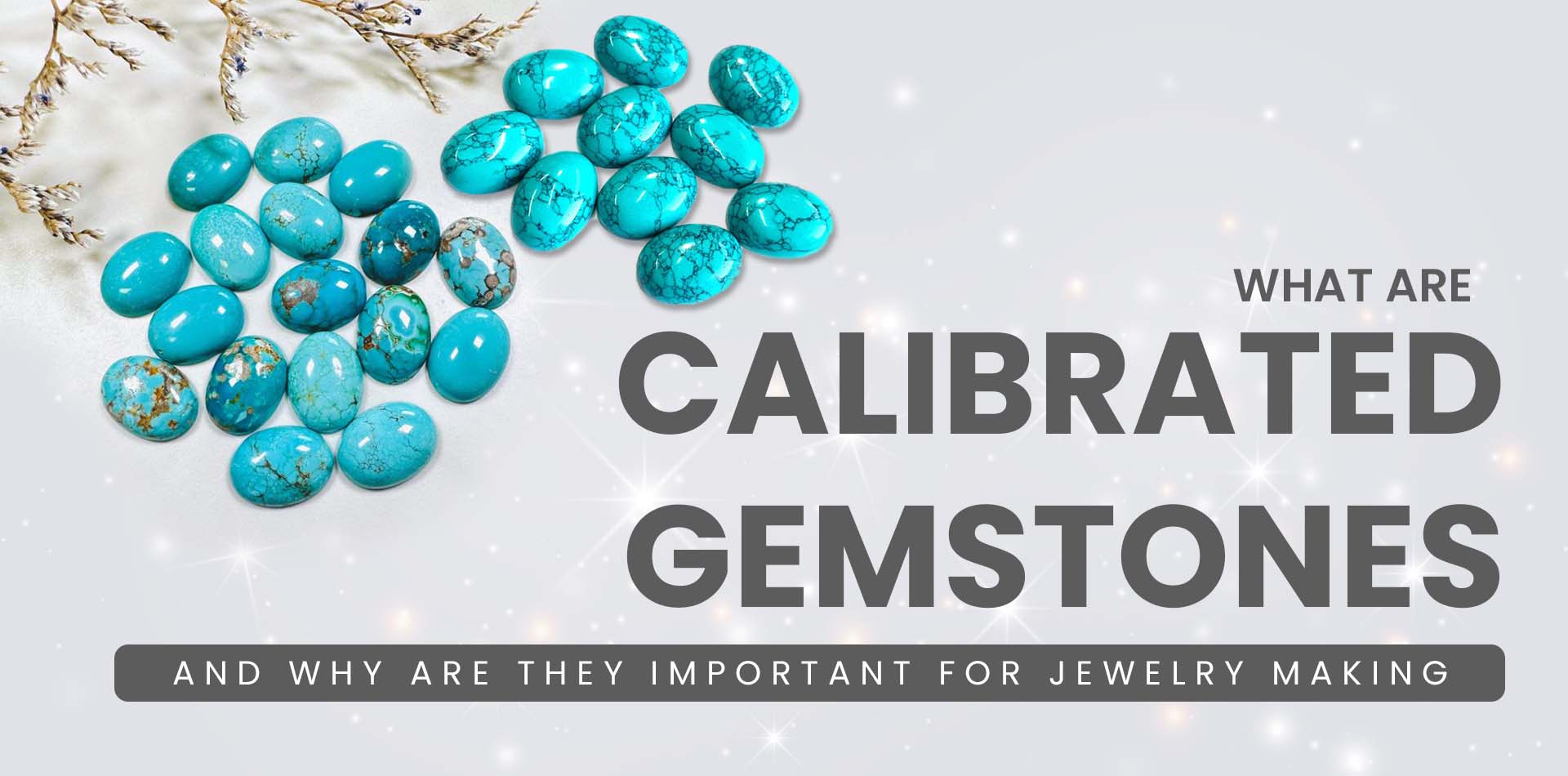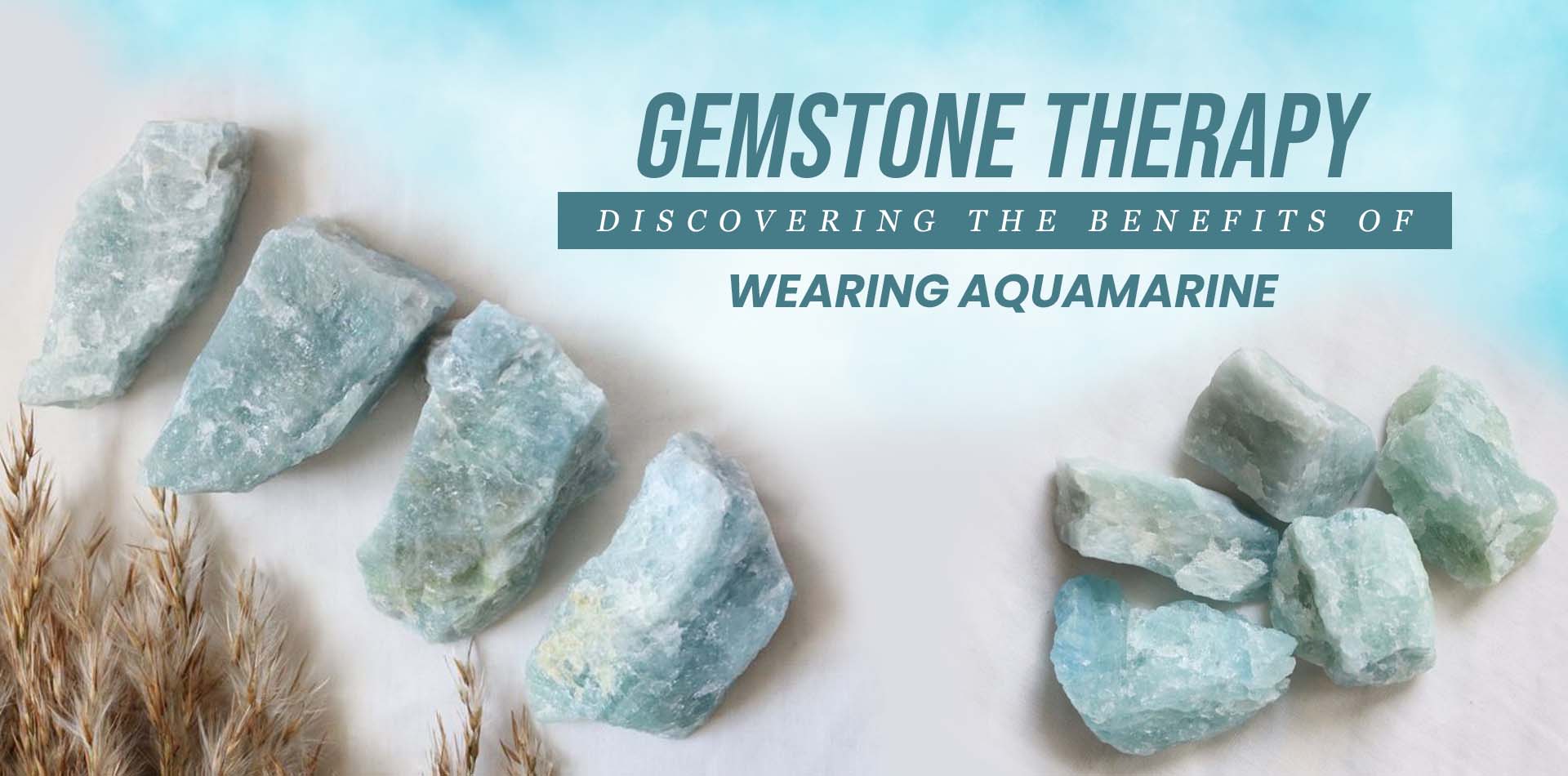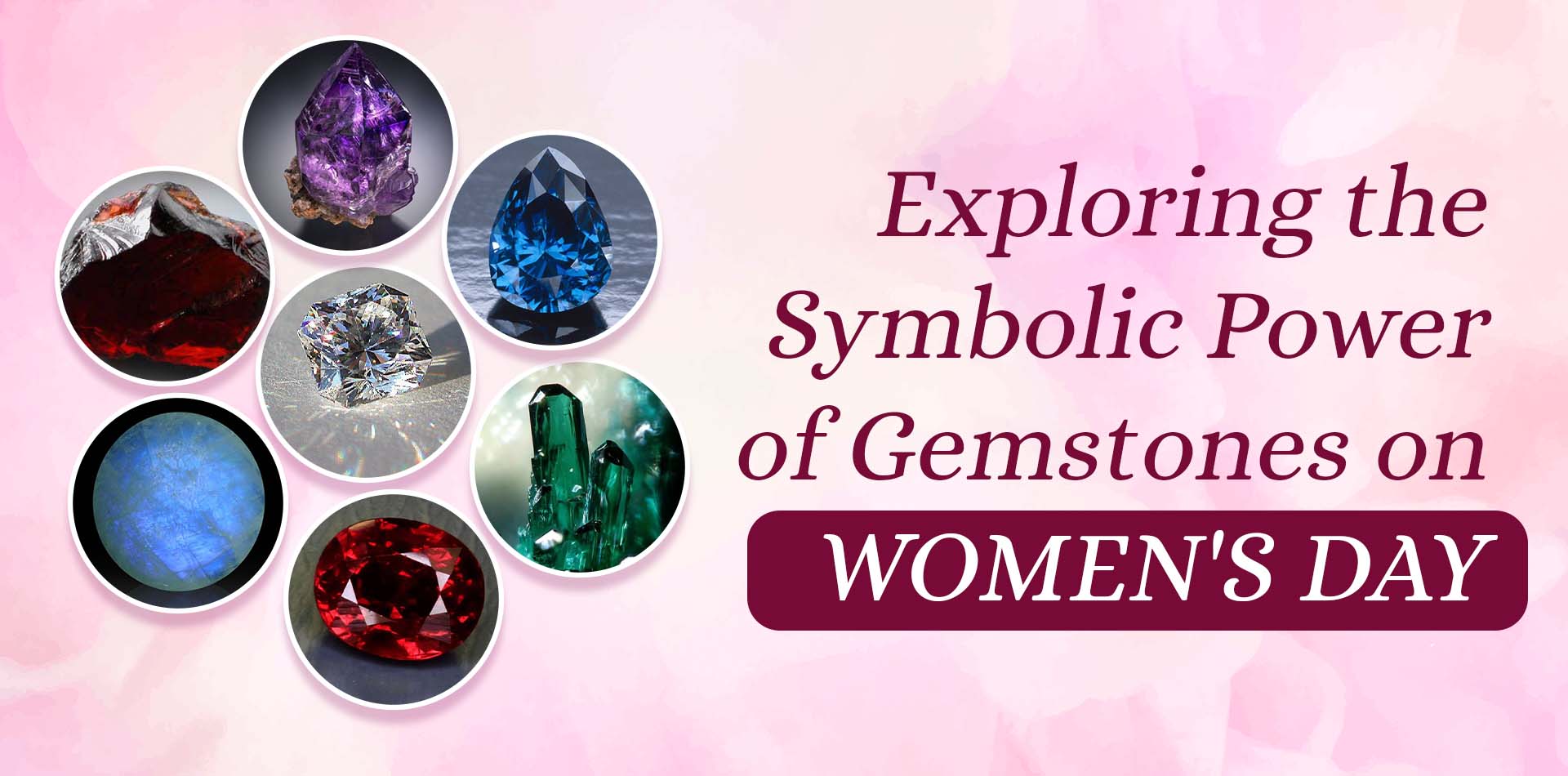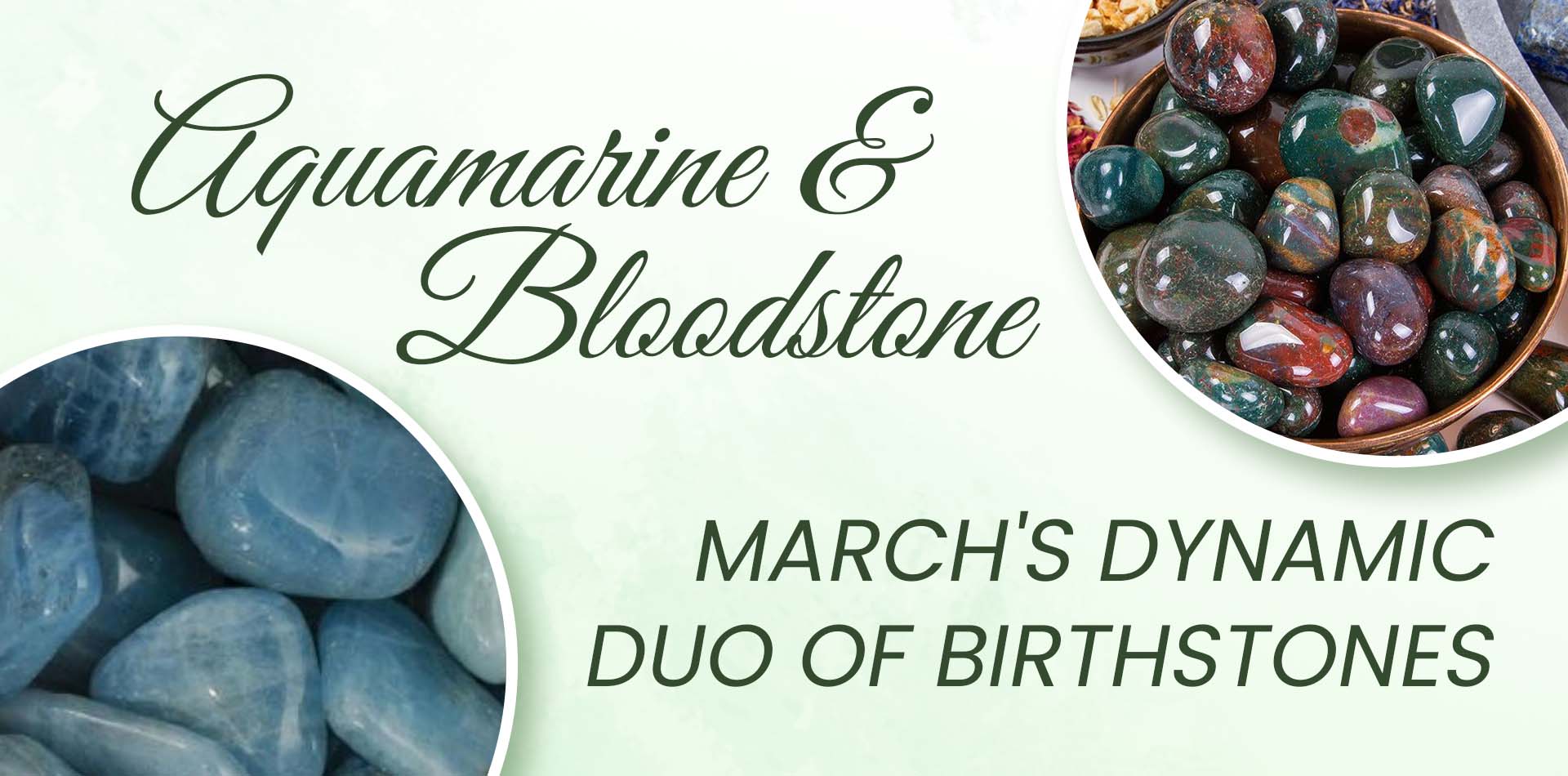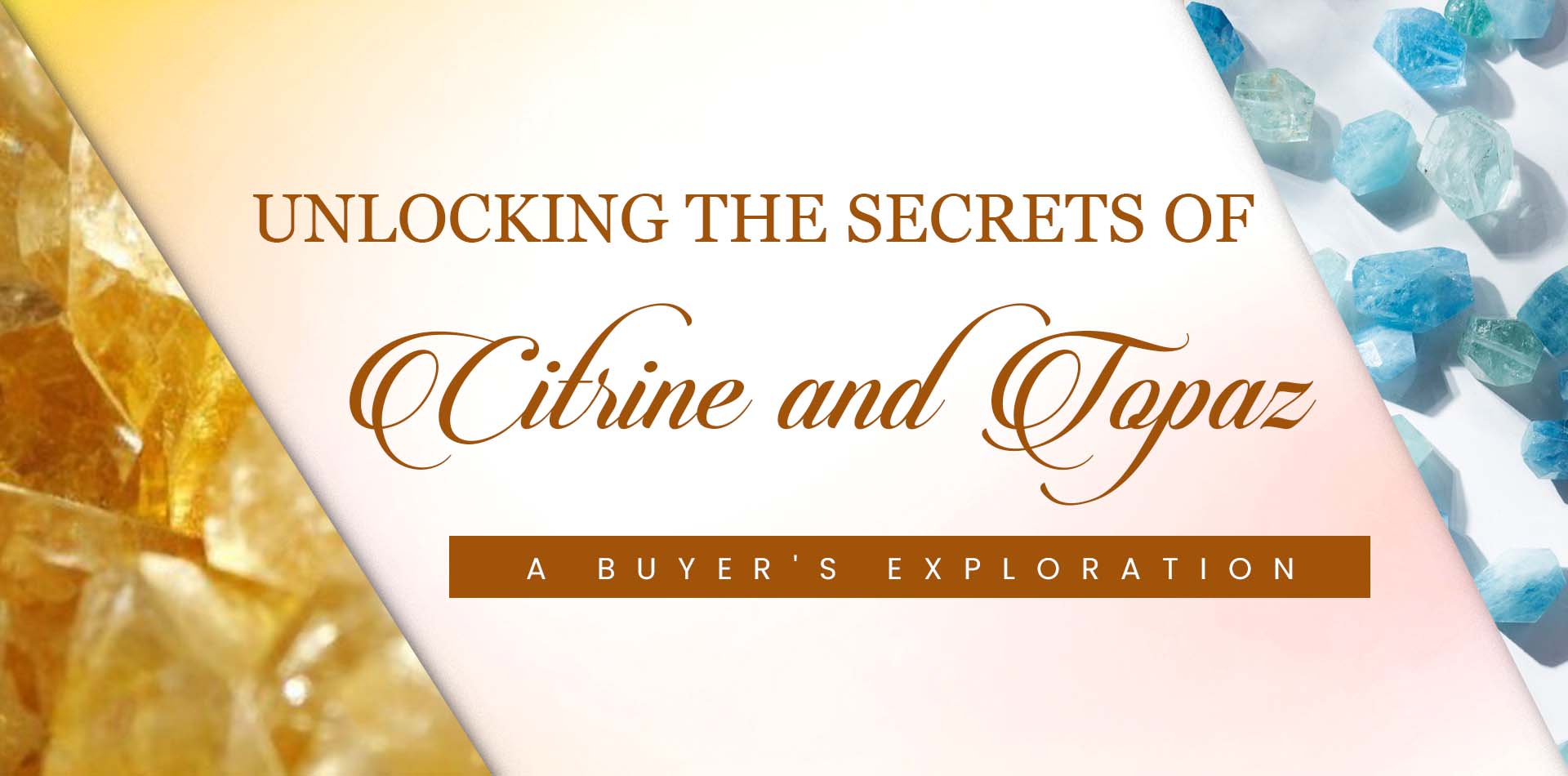 21Nov
21Nov Throughout history, gemstones have held mystical importance, been used in the best jewelry, and adorned the crowns of royalty. Citrine and topaz gemstones are two gems that have drawn the interest of both jewelry experts and gem enthusiasts. In addition to their stunning looks, many jewels have special characteristics, legends, and histories that make them intriguing objects to learn about and acquire. In this article, we will walk you through the Gemstone color and clarity guide and various factors crucial while choosing them.
The Allure of Citrine
Citrine Formation
The fascinating quartz variant known as citrine is created by a unique geological process involving the interaction of mineral-rich fluids, heat, and pressure. The majority of citrine available on the market today is heat-treated quartz that is derived from other quartz kinds, such as amethyst or smoky quartz, rather than citrine that occurs naturally in its vibrant, warm hues.
The stones are heated to high temperatures during the process, which changes their hue to sunny yellows and golden-browns. This heat treatment enhances the clarity of the gemstone and brings out its brilliant colors, simulating the natural processes that would take place over long geological periods. While there is some mild yellow-toned citrine in nature, most of the gem's vivid colors are the product of careful heating.

Citrine Historical Significance
The historical significance of citrine is extensive and has been observed in many different cultures and civilizations. Citrine has long been valued as a sign of wealth and good vibes, because of its warm, golden tones that are evocative of the sun. Citrine was once used as jewelry by the Greeks and Romans, who thought it would bring luck and ward off bad luck.
Due to the gemstone's enduring symbolic meaning of riches and wealth, royal ornaments and amulets frequently feature it. Citrine was prized in traditional Chinese medicine for its supposed capacity to improve digestion and detoxify the body.
What Does A Citrine Gemstone Symbolize?
Citrine has traditionally been linked to abundance and good vibes. Citrine, which is said to convey the energy of the sun, is believed to encourage life, warmth, and prosperity. Citrine is frequently regarded as a potent cleaner and regenerator in the field of crystal therapy, increasing one's drive and inventiveness.
Citrine Quality Factors
- Color: Color is an important consideration while choosing citrine. Superior citrine has a warm, golden color with no brown or orange undertones. Rich, deep colors are usually favored since they enhance the appeal of the gemstone. But tastes differ, and some people might prefer lighter colors for a more delicate look.
- Clarity: As citrine is usually a translucent gemstone, imperfections may detract from its overall attractiveness. Although little inclusions are typical, they shouldn't take away too much attention from the gem's beauty. When choosing citrine for jewelry, eye-clean citrine—that is, without any obvious inclusions—is frequently recommended.
- Cut: A citrine's cut has a big impact on how attractive it looks. To bring out the brilliant color and brightness of the diamond, the proportions of its facets should be optimal. Traditional rounds, ovals, and emerald cuts are popular shapes for citrine, but other shapes and cuts can also draw attention to the gem's distinctiveness.
Topaz, A stone Of Many Colors
Coloration of Topaz
The silicate mineral topaz is well known for its variety of hues. Although it may be found in a variety of colors, such as colorless, blue, pink, and green, Imperial Topaz is one of the most sought-after due to its eye-catching orange to pink tones. Heat treatment and radiation are common methods used to intensify the colors of gemstones.
Topaz Mythology and Symbolism
Throughout history, topaz has been associated with mythology and symbolism due to its bright colors and seductive charm. The sun god Ra was connected to topaz in ancient Egypt, where it was thought to bestow heavenly protection on its bearer. While the Romans connected topaz with Jupiter, the ruler of gods, the Greeks held it in high regard for its purported capacity to improve strength and intelligence. Over the ages, topaz has been associated with a number of legendary abilities, such as the capacity to lift curses and promote mental clarity.
Beyond its mythological connotations, lapis lazuli has cultural significance. The gemstone is sometimes worn as a protective talisman, thought to fend off evil spirits and bestow prosperity onto its wearer. Topaz was believed to bolster the intellect and fend off mental illnesses in medieval Europe. Topaz was utilized as a charm against insanity during the Renaissance because of this enduring belief in the stone's ability to withstand mental anguish.

Topaz Quality Factors
- Color: A variety of hues are available in topaz, and selecting the ideal gem depends largely on personal preferences. Look for gems with a rich, saturated hue if you're looking for Imperial Topaz's warm tones. Another well-liked kind, blue topaz, is frequently heated to bring out its vivid colors.
- Clarity: In general, topaz is a clear gemstone with minimal imperfections that are noticeable to the unaided eye. Some types, though, especially the colorful ones, could have more obvious inclusions. When choosing a topaz gemstone, it's critical to achieve a balance between clarity and color.
- Cut: Topaz has a variety of cuts, and with skillful faceting, its brilliance can be increased. The intended purpose of the gem and one's particular style determine the cut to be used. Round and oval brilliant cuts are popular because they bring out the natural brilliance of topaz.
Gemstone Collector's Guide: Citrine vs Topaz
Color Similarities
Warm tones can be seen in both citrine and some topaz variants, such as orange or yellow Imperial Topaz. Sometimes, this likeness causes misunderstanding among consumers. Nonetheless, they are differentiated by their unique mineral compositions and disparate geological origins.
Citrine and Topaz Price Guide
Compared to topaz, citrine is typically less expensive, which makes it a desirable choice for anyone looking for a sunny gem that fits their budget. Because topaz is so uncommon and unique, especially in shades like Imperial Topaz, it can fetch a premium price.
Durability
When worn in jewelry, citrine and topaz are both comparatively strong gemstones that can withstand regular use. Topaz, on the other hand, is marginally more scratch-resistant due to its higher Mohs hardness. Both diamonds are resistant to daily wear and tear if given the right care.

Maintenance and Care: Citrine vs Topaz
- Citrine - Citrine needs maintenance to keep its brilliance because of its mild hardness. Steer clear of harsh chemicals, extremely high or low temperatures, and prolonged sunshine. To avoid scratches, wipe off your citrine jewelry with a gentle, moist cloth and store it apart.
- Topaz - Topaz is more scratch-resistant than citrine because it is tougher. Topaz jewelry should still be handled carefully to prevent any harm. Topaz should be cleaned with a gentle soap and warm water before being kept in a jewelry box to avoid damaging other gemstones.
Conclusion
When it comes to gemstones, citrine and topaz are particularly striking and adaptable options for individuals looking for beauty, meaning, and cultural significance. Gem enthusiasts and collectors hold a special place in their hearts for both topaz and citrine, due to their diverse range of colors and cheerful hues.
Take into account your own tastes, the meaning of each gemstone, and the historical significance of each as you begin your investigation into citrine and topaz. Whether you select an alluring topaz to add a hint of luxury or a dazzling citrine to brighten your day, these jewels welcome you into a world of limitless possibilities where beauty and meaning converge in every aspect.

